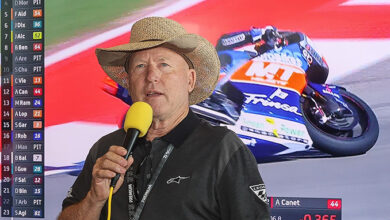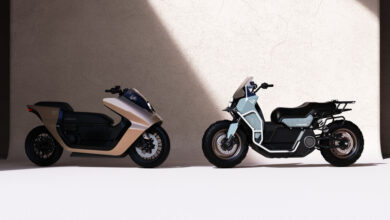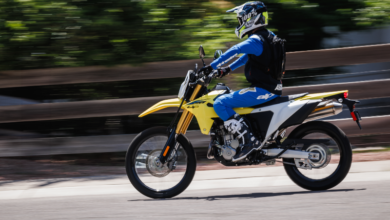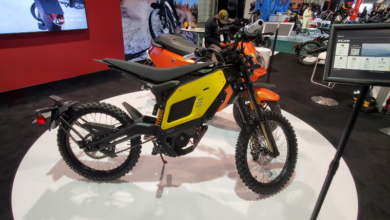Carter brothers product lineup expands beyond go-karts
BRUNDIDGE, Ala. — After nearly 70 years of business, Carter Brothers’ Mfg. Co. Inc. has learned that longevity demands innovation.
Founded by brothers W.W. and Charlie Carter in 1936 as a manufacturer of machines that revolutionized the peanut farming industry, Carter Brothers morphed into a leading supplier of lawn mowers during the late 1950s and, in the mid 1980’s, when U.S. farming hit a low point and the CPSC-induced Consent Decree left powersports dealers with little youth-orientated product, entered the go-kart industry.
The constant albeit small market for traditional go-karts kept Carter in business, but the firm, during the late 1990s, sought to expand its product range and, thus, grow operations. Still family-owned, the company now produces 15 unique four-wheeled vehicles, ranging from the Turbo Turtle kart for ages 3-8, to the more adult-orientated double-seat XTV. Besides the XTV, the Trail Runner represents one of the firm’s more popular machines.
Carter’s multi-building facility is situated on 300 acres of forestland in Brundidge, Ala., an hour south of Montgomery. The 230,000 sq. ft. spread houses offices, as well as the manufacturing, powder-coating and warehouse facilities. A two-building R&D center is located a stone’s throw away, across Hwy 231.
The facility is built to produce up to 60,000 karts per year off of one shift, but Jim Caldwell, vice president of operations, told Powersports Business current output “easily” reaches 40,000 units per year. While the production line currently handles 150 go-karts, 35 Trail Runners, and 10 to 12 XTV per day — 20 during the Holidays — Caldwell says he hopes production to be near two dozen XTV per day within the year.
The facility houses 28 welding stations, where the frame components can be fitted together, and a robotic welder attaches smaller parts, like seats and spindles, in rapid succession. A $650,000 Trumpf laser cutter produces small brackets. The Trumpf is capable of cutting 1/4-inch aluminum at 100 inches a minute; taking 46 minutes to cut 80 parts out of one sheet.
Carter used wet paint on its vehicles until 1994. Now, using $1.5 million in powder-coating equipment, the firm can paint quickly and completely before moving cured items to a storage area capable of holding 1,200 frames.
“We have improved fit and finish to be better than other karts, but we’re doing our best to catch up with Honda, Yamaha, Kawasaki, etc., so that our machines can be sold through motorcycle retailers, alongside product from those market leaders,” Caldwell said.
July, Aug and September represent Carter’s busy season, when 200 employees fill the company’s work spaces.
Carter builds to stock, and Caldwell says employees spend most of the off-season prepping and building parts for final assembly. A total of 3,000 finished units can be warehoused in the facility, and a corner of the main building is devoted to individual parts and accessories. As for engines, Carter currently deals with 3.5, 6.5, 9 and 11hp models from Tecumseh; a 5.5hp Honda engine; and a 150cc powerplant from Standard Motor Co.
“The cardinal rule,” says Andy McKeown, Carter’s purchasing agent, “is to never force the line to shut down.”
“Our goal is to try to respond to vehicle sale requirements by shipping within 10 days,” Caldwell said. Dealer replacement part orders are shipped the next day via UPS, and orders received by noon will be shipped the same day.
Carter currently services 1,000 retailers, with the fastest growing dealer segment in California — despite the fact that the XTV won’t be CARB-legal until later in 2003. Last year, the company shipped product to Australia, Barbados, Germany, Saudi Arabia, Chile, England, Jamaica, Ireland, Cyprus, Guam, Bahamas, Guatemala and Spain.
In addition to vehicles and parts, Carter’s 13 self-employed regional reps also sell Rodia helmets, and the firm plans to introduce Team Carter off-road riding apparel, made by MyTac, by July 1.





